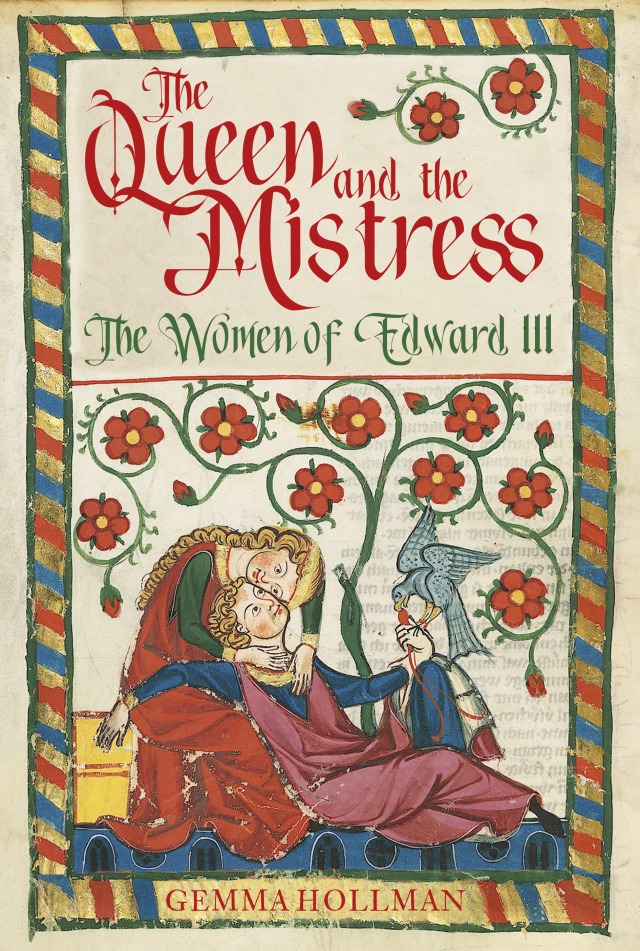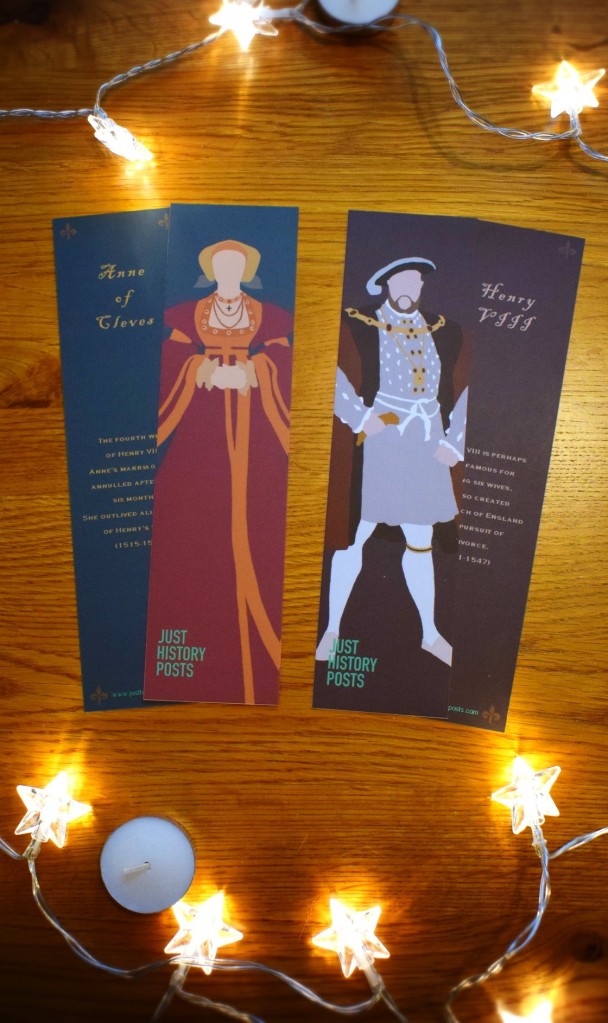Today we continue our interview series by talking to Jill Campbell who works in the archives at Knebworth House, a historic house in Hertfordshire. If you or your organisation would like to be interviewed, then please leave a comment below, or contact our page via our Facebook or Twitter. You can find Jill on twitter here, and please follow the Knebworth House Archives twitter as well!

Knebworth House, Knebworth, Hertfordshire. Image credit.
Hi Jill! Thank you for talking to us. To start, tell us a bit about Knebworth House – what is it, how old is it & who lived there?
Knebworth House in Hertfordshire has been home to the Lytton family for 19 generations. Sir Robert Lytton of Derbyshire bought the manor of Knebworth in 1490 and began the building of the house that stands today. It was originally a red brick and timber quadrangle structure, but has been much altered over the years, with three wings being demolished in the 1810s and the whole building being given a ‘Victorian gothic’ make-over in the 1840s. Interesting features from many periods can still be seen in the interior of the house, including 19th century design work by John Crace and 20th century design work by Edwin Lutyens. There is also a formal garden, a dinosaur trail, a maze, a gift shop, a tea room, The Barns conference centre and hospitality venue, a historic park and an adventure playground! The current custodians are Martha and Henry Lytton Cobbold, who live in private rooms in the house.

Sir Robert Lytton of Derbyshire, who bought Knebworth House in 1490. It has stayed in his family ever since. Robert Lytton acted as Under Treasurer to the Tudor King Henry VII.
Wow, what a fabulously long history! What are the responsibilities of the archives of the House?
I look after the archive collection held at Knebworth House, which dates mostly from the mid-19th century onwards, the earlier material having been deposited at Hertfordshire Archives and Local Studies (HALS) in Hertford. It consists of records from Knebworth House, park and estate, including tenanted farmland, estate correspondence, property records, deeds and plans, family correspondence, books and photographs, plus records from the companies Lytton Enterprises, Knebworth Estates and Knebworth House Education and Preservation Trust, including events management, filming, magazine articles and academic papers. A good proportion is catalogued to varying degrees of detail on the Axiell CALM system but there is still much to do. I provide access to the collection for researchers and respond to enquiries from academic researchers, members of public and staff. I am also responsible for pest management and environmental control monitoring in the house, and am often called upon for cleaning, moving and packing away of objects from the house. I give talks to local groups, write articles for publications and have even had to appear on television, much to my dismay!

One of the most notable residents of Knebworth House, another Robert Lytton (Robert Bulwer-Lytton) who lived in the 19th century. Robert acted as Viceroy of India during the British Raj, from 1876 – 1880. Image via Knebworth House.
Sounds very busy! What happens on a usual day in the archives?
There is no usual day! Some might find this hard to believe, but there is never a dull moment in this role. I always begin by checking my emails and seeing if there are any enquiries. Researching for an enquiry often leads me off into other avenues and I still regularly discover things I have not seen before. I usually have a project on the go, such as preparing a display for the house or updating room information sheets. There is always cataloguing to be done and at present I am carrying out a records management exercise to see if any records can be disposed of.
What is one of your favourite objects in the archives?
The Countess of Lytton’s Hospital register book 1918 – 1919. Pamela, Countess of Lytton, who lived at Knebworth House, set up and ran a Red Cross hospital for wounded soldiers in London from 1914 – 1919. We are lucky to have the hospital register book for two of those years in the archive. It lists the names of each patient, their age, regiment, date of admission, what was wrong with them, date of discharge and home address, the last of which is mostly written by their own hand. It is a fascinating read and one of my long term projects – I have transcribed the whole book onto an excel sheet so it is searchable and my ambition is to research as many of the men as I can and produce something on our website or a small publication.

Nurses and wounded soldiers from Countess Pamela’s WWI hospital, via Knebworth Archives twitter.
What a wonderful object to have. Pamela certainly sounds interesting – do you have a favourite past resident of the house?
There have been lots of interesting characters in the Lytton family history, but I think I would choose Edith Villiers, who married Robert Lytton, the 1st Earl of Lytton. Born in 1841, she was an identical twin and her and her sister Elizabeth both lived well into their 90s. Her husband was a diplomat so Edith spent much of her married life travelling and living abroad, including 4 years in India where she was Vicereine. She had 7 children, 2 of whom died in infancy. Her husband died aged 60, so Edith became the Dowager Countess of Lytton, eventually moving into a house built for her in Knebworth Village. From descriptions I have read of her, it seems she was an extremely well spoken and respectable lady and I imagine her being very similar to Maggie Smith’s Violet, the Dowager Countess of Grantham character in Downton Abbey! She was lady-in-waiting to Queen Victoria and Queen Alexandra. In her later years she would read through the family archive and leave touching handwritten notes on things, which are always lovely to come across!


Left, Edith in 1862 when she was 21 years old, painted by George Frederic Watts. Right, Edith and her twin sister Elizabeth.
She certainly sounds like quite a woman. Those must have been tough challenges, particularly in the 19th century. What are the challenges that face historic houses today?
Keeping a 500 year old building standing, accessible and safe for visitors costs huge amounts of money. There is always a part of the building that requires work and unexpected emergencies can crop up, like damage from stormy weather. Competition is fierce, so there is a constant need to come up with fresh ideas for events and attractions to encourage visitors to come. From a curator/archive point of view, opening the house up to events such as filming (which is an important monetary income) exposes the building and its contents to potential damage.
What made you want to work in an archive?
I started my career in the Land Registry, where I was working with old deeds and dealing with property history. I did my family history and became obsessed (as most people do) and began doing other people’s too. I then began volunteering at a museum, cataloguing and organising the collection, and I took to it like a duck to water! I loved it and got involved as much as I could, helping with exhibitions and replying to enquiries. I became a paid Saturday museum assistant, and then, when I was made redundant from the Land Registry, I was lucky enough to get a front of house job at the museum. I did an NVQ level 4 in Cultural Heritage Operations (Curatorial) while I was volunteering, as I could not afford to study for a degree and did not have any museum qualifications. There were no paid roles at the museum that involved working with the collection, only voluntary, so I applied for a job at Knebworth House. I did not get that job, but my experience was just what they were looking for at that time as their archivist needed an assistant. So I interviewed again for that role and got the job. Luckily they could see my passion and experience and gave me a chance. I’m still there 5 years later and running the show myself now, and still loving my job – a combination of all the things I have enjoyed in my career plus a quirky environment. If only museums gave people without degrees a chance still – there’s a place for both. Passion, experience and enthusiasm are worth so much.


Preserving a historic house is hard work. Last month, current custodian Henry Lytton Cobbold tweeted about weather-cracked masonry on the house, and Knebworth House has just received a grant from Heritage Lottery Fund to restore the Victorian Watchman’s Tower.
That is certainly an interesting route into the job! Do you have any advice for people wanting to work in archives or a historic house?
Yes – if you want to work in an archive then you need to get an archive qualification. If you want to work in museums then you need to get a museum qualification. In the meantime you need to volunteer! Volunteering is the best way to get experience – keep a record and examples of what you work on and get someone to photograph you ‘in action’ so you can create a portfolio you can bring to job interviews. You usually get to hear about jobs quicker and will hopefully stand a good chance if a job comes up where you are volunteering, plus you are making contacts. Get involved, show interest and enthusiasm and learn as much as you can. If you want to work in a historic house see if they have vacancies for house guides or room stewards as this is a great way to learn about the house. Read up on the history of the place. Some houses, like Knebworth, do pay their guides.
Thank you so much for your time. When can people visit Knebworth House?
Please come and visit us when we are open! We have recently closed for the winter months, but we open again on a part-time basis in March 2019. See our website for opening dates and times: www.knebworthhouse.com

Current Custodian, Henry Lytton Cobbold, posing with a pair of Mick Jagger’s underpants, which he left at Knebworth House after the Rolling Stones played a concert there in 1976. In the 20th century, Knebworth House was the premier rock concert venue in the country.
A big thank you to Jill for giving us such great information about Knebworth House. It certainly is a fascinating property, and has had a plethora of interesting past residents, including Viceroy Robert Bulwer Lytton, famous writer and statesman Edward Bulwer Lytton, and the first love of Winston Churchill, Pamela Plowden Lytton. Remember to find Jill and the Knebworth Archives on twitter, and consider making a stop there in 2019!
Once again, if you would be interested in being interviewed – it doesn’t matter what aspect of history you are involved in! – we would love to hear from you, and you can contact us via our Facebook or Twitter below.
Previous Blog Post: Legendary People: Elizabeth Báthory – Mass Murderer, Vampire, Innocent?
Previous in An Interview With: Tess Wingard – Medieval Sexuality and Animals
List of Blog Posts: here Blog Homepage: here
Buy my books via the pictures below! Or why not check out our shop?

Follow us:






Very creaative post
LikeLike